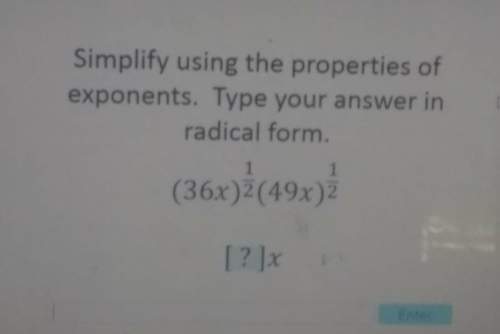
Mathematics, 09.07.2019 05:30 justiceharris8
Jamison graphs the function ƒ(x) = x4 − x3 − 19x2 − x − 20 and sees two zeros: −4 and 5. since this is a polynomial of degree 4 and he only sees two zeros, he determines that the fundamental theorem of algebra does not apply to this equation. is jamison correct? why or why not? a) no, the root 3 has multiplicity of 3. b) no, there are two imaginary solutions. c) no, the root −2 has multiplicity of 3. d) yes, the fundamental theorem of algebra does not apply to this equation.

Answers: 1


Other questions on the subject: Mathematics


Mathematics, 21.06.2019 16:30, macenzie26
What could explain what happened when the time was equal to 120 minutes
Answers: 2

You know the right answer?
Jamison graphs the function ƒ(x) = x4 − x3 − 19x2 − x − 20 and sees two zeros: −4 and 5. since this...
Questions in other subjects:

English, 21.01.2022 17:40

Mathematics, 21.01.2022 17:40


Mathematics, 21.01.2022 17:40

Chemistry, 21.01.2022 17:40

Mathematics, 21.01.2022 17:40




Mathematics, 21.01.2022 17:50









 + i and -i.
+ i and -i.


